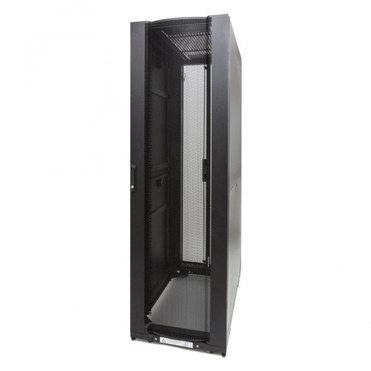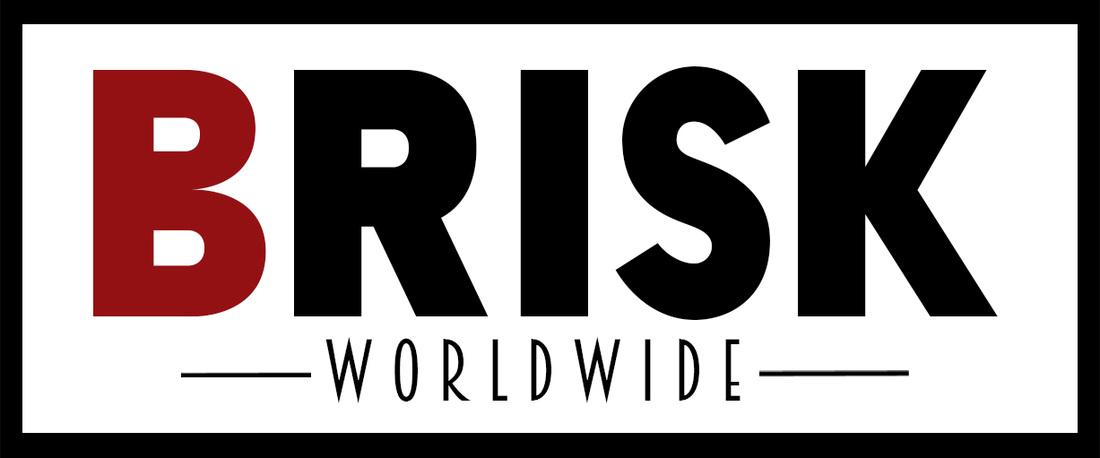|
Before purchasing a server cabinet or server rack it is important to understand the difference between the different products that are available. This will ensure that you purchase exactly what you need.  42U front view - Server Cabinet Enclosure 42U front view - Server Cabinet Enclosure Server Cabinets Server Rack Cabinets such as the 42u Server Cabinet are generally nineteen inches wide by industry standards. This product is mostly used to install servers, UPS ES, monitors or similar equipment. Server rack cabinets, for the most part, are twenty four inches in width, and thirty six inches deep. Some companies offer other measurement options to meet customers’ needs, however. Server rack cabinets usually have a perforated front and rear. This feature offers ventilation for the equipment being housed. This is crucial to providing a safe environment for this type of equipment which generates a good deal of heat. Network Cabinets Network cabinets or Network Racks are often confused for server cabinets. However, there is a difference. Network cabinets are generally used for the storage of routers, patch panels, switches and a wide variety of networking equipment as well as networking accessories. In most cases a network cabinet will be far shallower than a server rack cabinet, generally measuring in at less than thirty one inches deep. Networking cabinets will sometimes have glass or a strong plastic front door. Network cabinets also generally do not have perforated enclosures. The type of equipment generally housed in network cabinets does not generate the same amount of heat as that housed inside a server rack. Because one product can not fulfill the needs of all office equipment storage, it may become necessary to do a thorough evaluation of the type of equipment being used, or that will be used, in order to make the most informed purchasing decision. In many cases, office spaces will require the use of both a server rack and a networking cabinet in order to house the various equipment that will be used there. It is important to note, that improperly housing heat generating equipment is dangerous. This could cause damage to your equipment, or worse could become a fire hazard due to the temperatures which some servers can generate. Good rack dealers will help you decide which product is best for you. Contact Brisk Worldwide to learn more!
2 Comments
It’s clear that lithium ion (Li-ion) batteries stand poised to deliver some dramatic changes to the field of data center uninterruptible power supplies (UPSs), mainly due to their longer lifetime along with reduced weight, footprint and cooling requirements compared to lead-acid batteries that are commonly used in UPSs today. In this post, I’ll try to paint a picture of just how dramatic that change might be in small to medium-size data centers (and, in a future post, I’ll discuss potential impacts for facility-scale UPSs).
For starters, valve-regulated lead-acid batteries (VRLA) take up significant space. This is one of the reasons why large, or even medium-size companies, typically don’t place them in the IT “white room.” What’s more, many organizations in recent years have been raising the temperature of their data center server rooms to save on cooling costs, keeping in line with guidance from organizations such as ASHRAE (the American Society of Heating, Refrigerating and Air-Conditioning Engineers). IT equipment and UPSs can tolerate the higher temperatures just fine. VRLA batteries, on the other hand, will age and die prematurely at those higher temperatures. For all of these reasons, companies tend to create battery rooms specifically to house their VRLA batteries. Li-ion technology promises to enable a dramatic reduction in the size of these rooms, by a factor of 2 to 3, simply because Li-ion batteries pack so much more energy into a much smaller footprint. This will increase the footprint available for IT space while also reducing cooling requirements, which saves on both capital costs and ongoing operating costs. What’s more, in some instances Li-ion batteries may obviate the need for separate battery rooms altogether, by enabling batteries to be installed in the IT room along with the UPS. This is especially likely for small- to medium-size data centers. The strategy frees up useful space, simplifies installation and positions the UPS and associated batteries closer to the IT load, which provides better protection from any potential upstream electrical issues. Similarly, companies that use scalable and adaptable integrated data center architectures such as Schneider Electric InfraStruxure, could benefit further from Li-ion technology. With such architectures, IT racks, power and cooling components are built and tested as part of an integrated data center solution which can then be expanded as necessary over time. Li-ion batteries will make these integrated “pods” even more space- and energy-efficient than they already are, while delivering the same benefits associated with having the UPS/battery combination close to the IT loads they protect, and easily scalable to keep up with data center growth. In addition to reducing space and energy requirements, Li-ion batteries last twice as long and require less maintenance than their VRLA counterparts. They also come with advanced battery monitoring systems (BMS), giving IT groups easy, remote access to a reliable measure of the “state of health” and “state of charge” for their batteries. And with less maintenance to perform, that means fewer non-IT people need to be in the data center, which addresses a constant concern for IT groups. I expect we’ll also see great improvement in smaller, single-cabinet UPSs thanks to the combination of higher density power electronics and Li-ion batteries. A cabinet that today supports about 60 kVA with 10 min of energy storage with VRLA batteries, may one day protect 150-200 kVA with that same 10 min. of storage using Li-ion batteries, effectively more than doubling its power density. Such density improvement should substantially change the old knock against UPSs, that they’re “necessary but bulky.” With this paradigm shift, it is also not difficult to imagine more power protection integrated right into IT racks, because it will take up far less space and require dramatically less frequent maintenance. These are just a few of the ways I expect Li-ion batteries will change the 3-phase UPS landscape in data centers in coming years. I’d love to hear your take on the topic, so feel free to let me know using the comments below. And keep an eye out for my next post on what Li-ion technology will mean for large data centers and facility-scale UPSs. |
AuthorBrisk Worldwide is Your #1 Technology, Power & Lighting Resource! Archives
November 2023
Categories
All
|
|
At Brisk Worldwide , our customer is our main priority.
Serving commercial, data centers, contractors, property managers, and businesses, we offer a huge selection of uninterruptible power supply systems, backup power systems, and power management systems for large Data Centers, electrical engineerIng infrastructure, and other mission critical IT applications. So if you need help or you just want a hand placing your order, we can assist! |
Connect With Us |


 RSS Feed
RSS Feed
